Be a DJ for your oral microbiome
Oral microbiome battleground?

Imagine an inviting oral microbiome
When I speak with my clients about their teeth, gums and oral microbiomes, I prefer metaphors that evoke lush lawns, colorful coral reefs, co-operative communities, or joyful celebrations. Imagery and language matter.
For example, imagine that you are hosting a huge party in your mouth for the billions of microscopic inhabitants of your oral microbiome.
Most of the kinds of bacteria and their friends that live in your mouth are Good People. They help with your digestion and immunity, they support your enamel to remineralise and the gingiva to regenerate.
These guests are all having a good time, either up dancing or moving around the room being friendly and thoughtful.
But also attending your party are a few kinds of bacteria who act like anti-social kids, especially when they lurk in dark corners, eat too much sugar, talk trash, and pick fights.
As the host, you want to stop those anti-social guests from spoiling anyone else’s good time or messing up the venue.
What should you do?

Avoid collatoral damage to the oral microbiome
Gargling with an alcohol-based antibacterial mouthwash is the equivalent of throwing a grenade into the party just to subdue a few naughty guests: lots of collateral damage to all the good bacteria.
More targeted alternatives like Corsodyl, hydrogen peroxide, or even essential oils can be almost as indiscriminate and disruptive to the party in your mouth.
In contrast, swishing your mouth with water or a simple herbal rinse is like putting on an irresistible tune that gets everyone onto the dance floor, even those corner-lurkers and sugar-junkies who might behave badly if left to their own devices.
When everyone in your oral microbiome is dancing around, the decay-causing and gum-disease-causing bacteria don’t get a chance to get hide along your gumline or between your teeth to make trouble and spread bad vibes.

Has a dentist told you that your cavities or receding gums are your fault because you are drinking too much Coke, you don’t floss enough or you need to stop breastfeeding your baby? And you know that isn’t true!
I’m not going to blame you or shame you.
The underlying causes of your oral health issues are not your fault!
Nature or nurture, ancestry or environment, free will or systemic oppression, unconscious emotions or the degraded food system
These are the factors that make your teeth and gums vulnerable to disease.
Even though your tooth decay and gum disease is not your fault, it is within your power to change.
You can turn your oral health around with natural strategies and healthy habits.

















